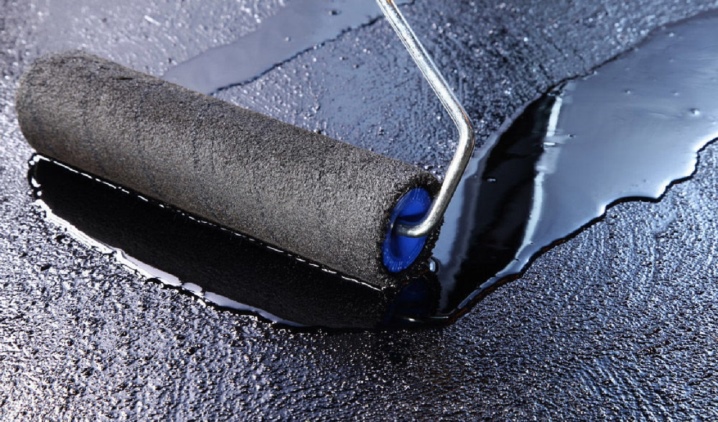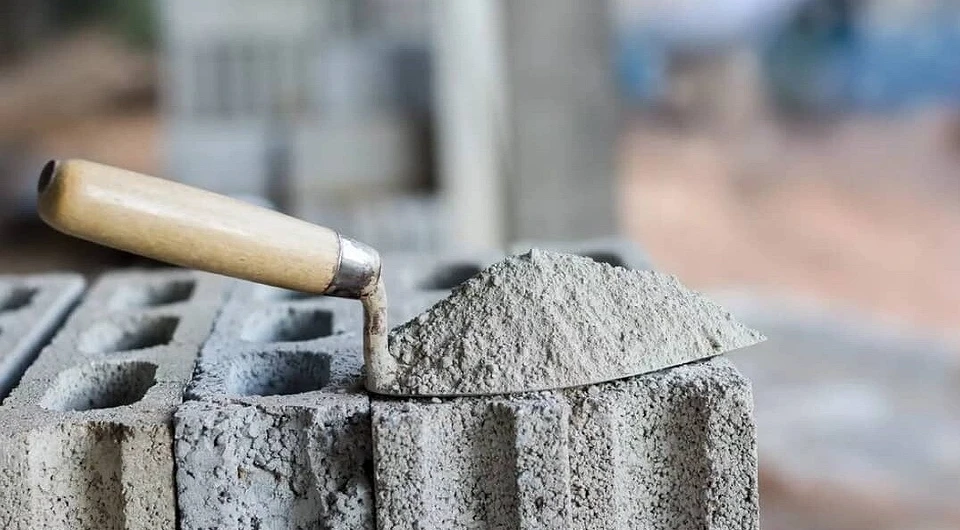GOST 25100-2020, Soils. Classification, was the most popular standard in February 2021 according to information from the Department of information products distribution "Standardinform".
GOST R 58952.1-2020, Automobile roads of general use. Road bituminous emulsions. Technical requirements, came into force in December last year to replace the standard of the same name seven years ago and was popular.

Bitumen road emulsion is a homogeneous liquid produced from the binding bitumen by dispersing it (grinding) in aqueous solution of the emulsifier.
Emulsions covered by the standard are used as binding materials in the construction, reconstruction, maintenance, overhaul and repair of roads.
Depending on the rate of disintegration while mixing with mineral materials, emulsions are divided into three classes: fast, medium and slow-decaying. Based on the chemical nature of the emulsifier products are classified as cationic and anionic.
For the production of emulsions, the standard allows the use of bitumen binders, water, emulsifiers, adhesives, stabilizers, acids, alkalis, latex and thinners.
GOST R 58973-2020, Conformity assessment. Rules for registration of test reports, comes into force for the first time in July of this year.
The document applies to the procedures for drawing up test reports by the testing laboratory where the quality of products is checked.
The standard defines the details of the forms, the rules for creating documents, and the composition of the information provided in the test protocols and the rules of their execution, including the use of information technology.
The text of the test report shall be in Russian as the official language of the Russian Federation. It shall be typed at 1-1.5 line intervals. It is recommended to use an indentation of 1.25 cm.
The date of the test report corresponds to the date of approval of the document. The date of the document is written in the sequence: day of the month, month, year, in one of two ways: Arabic numerals separated by a dot, for example, 05.06.2016 or in verbal-numeric way, for example, June 5, 2016.
Interest was aroused by GOST 31108-2020, Common cements. Specifications, which enters into force in January 2022 to replace the 2017 standard of the same name.

The document applies to general building cements based on Portland cement clinker, and establishes requirements for cements and components of their composition.
Portland cement clinker is a compound of several artificial minerals formed during the firing of the raw mix.
According to GOST the total content of tri-calcium and two-calcium silicates in Portland cement clinker is not less than 67% of its mass. Magnesium oxide in clinker should not be more than 5.0%.
As mineral additives are used granulated slag, pozzolans, glyezh, microsilica, fly ash, burnt shale and limestone.
Calcium sulfate is added to cement to regulate the setting process.
